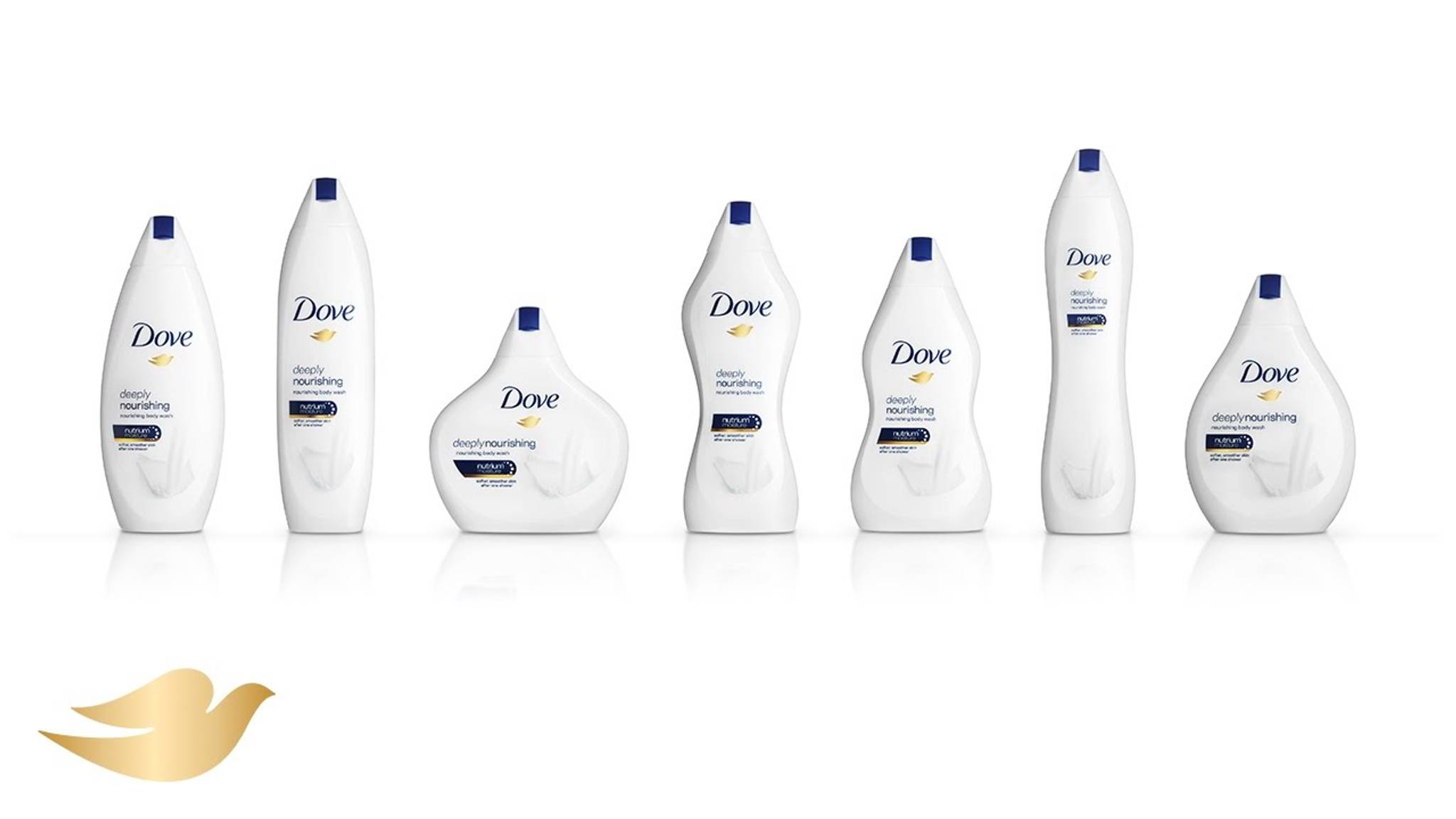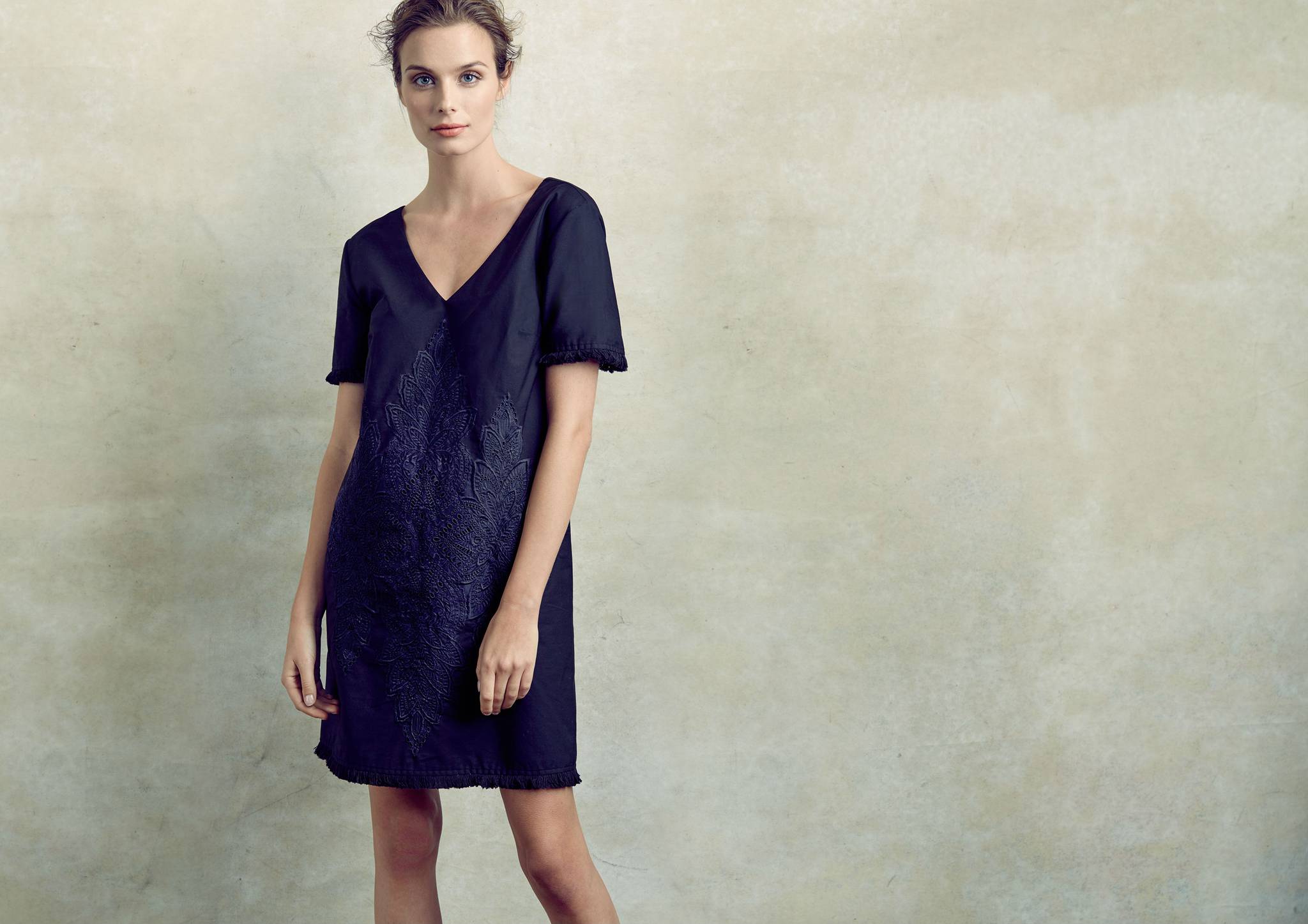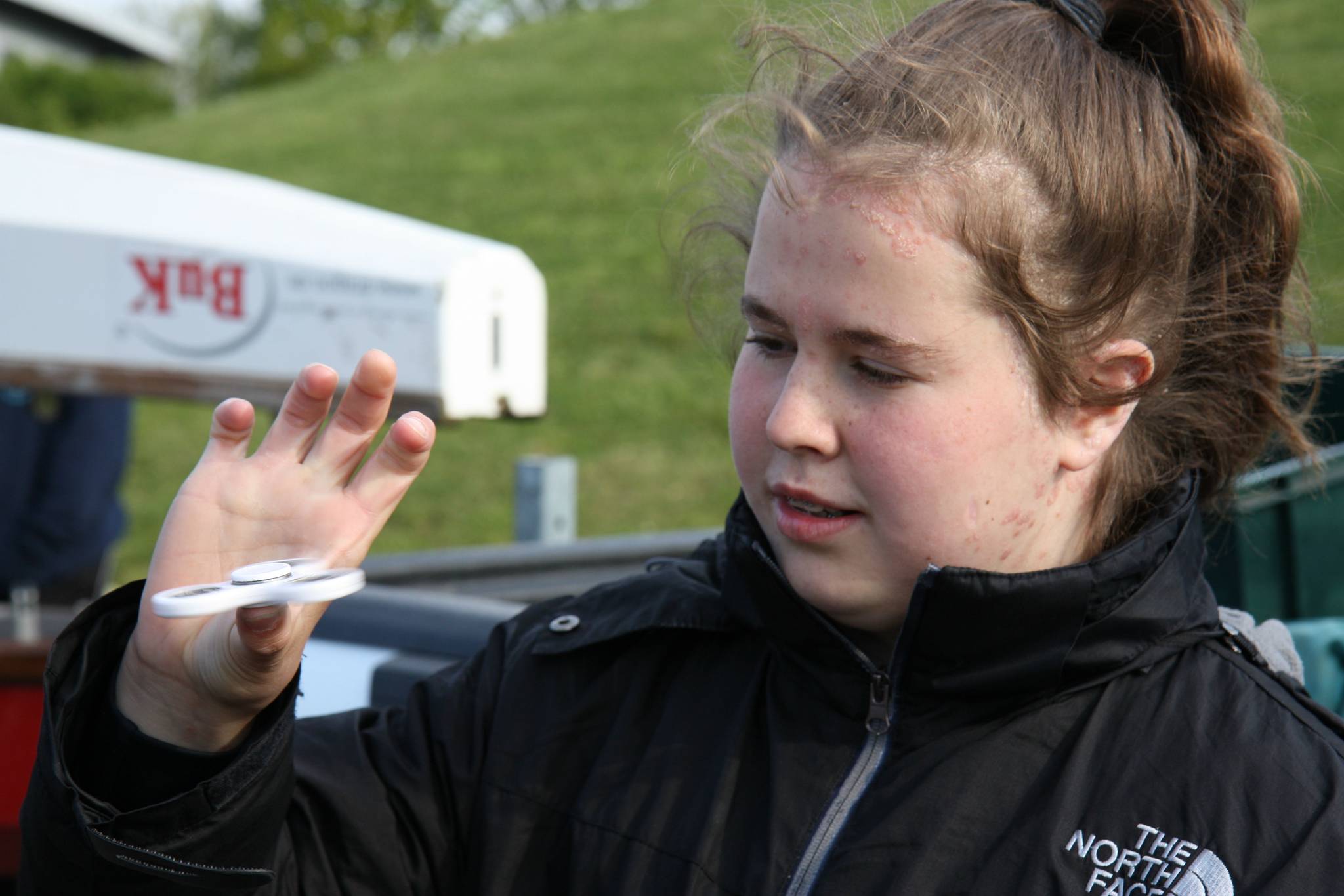
In a cultural landscape where everyone has a voice, making sense of the noise can be daunting. Knowing how to use cultural trends successfully can be a great way to do it – but it poses a huge challenge to brands. So what is a trend? There’s no formula, but there are some guidelines. Canvas8’s senior behavioural analyst Maud Carette shared some of them with members at Second Home’s Marketing Hub on 15th June 2017. Learn about how we’re applying our research on consumer behaviour to help brands read and respond to cultural trends in a way that resonates with people in the real world.
Wrapping your head around trends can be a little confusing. Are they real or just passing fads? What if a trend never makes it past the niche phase? From memes to binge-watching, clean eating to mindfulness, in the fight for attention, brands are increasingly anchoring themselves to trends to inform their marketing strategy. But getting it wrong has never been easier. Dove has been championing ‘Real Bodies’ for the past ten years and it could be said that it was a ‘trendsetter’ in making body positivity the norm in advertising. But the brand’s recent ‘Real Beauty’ campaign which aimed to celebrate and reflect diverse beauty through differing bottle shapes, garnered mixed reviews; the fact that all the bottles were white, to it only representing six different body types meant that not everyone was happy with the campaign and it was mocked by Twitter and media publications alike.
So what is a trend? Trends are caused by a bigger macro force, like technology or the economy. This affects values and attitudes, thereby impacting human behaviour. Trends are first adopted by early adopters – not to be confused with hipsters – before going mainstream. They’re not present in isolation; when they manifest in different contexts, across multiple industries, a trend can cement itself as a marker of culture and identity.
At the Second Home Marketing event, we spoke about how behavioural insights can – and should – be used to inform marketing strategy, and why trendspotting should be incorporated into marketing if brands want to maintain relevance with their target audience. Ultimately, consistency and foresight are required, and while the future is impossible to predict, looking at the present is a way in which marketers can relate to people and ground predictions of possible futures.
Maud Carette is a Senior Behavioural Analyst at Canvas8, which specialises in behavioural insights and consumer research. Maud comes from a political science background and was born to be a researcher. She spends a lot of time asking questions and can be found wandering around feeding her curiosity.



